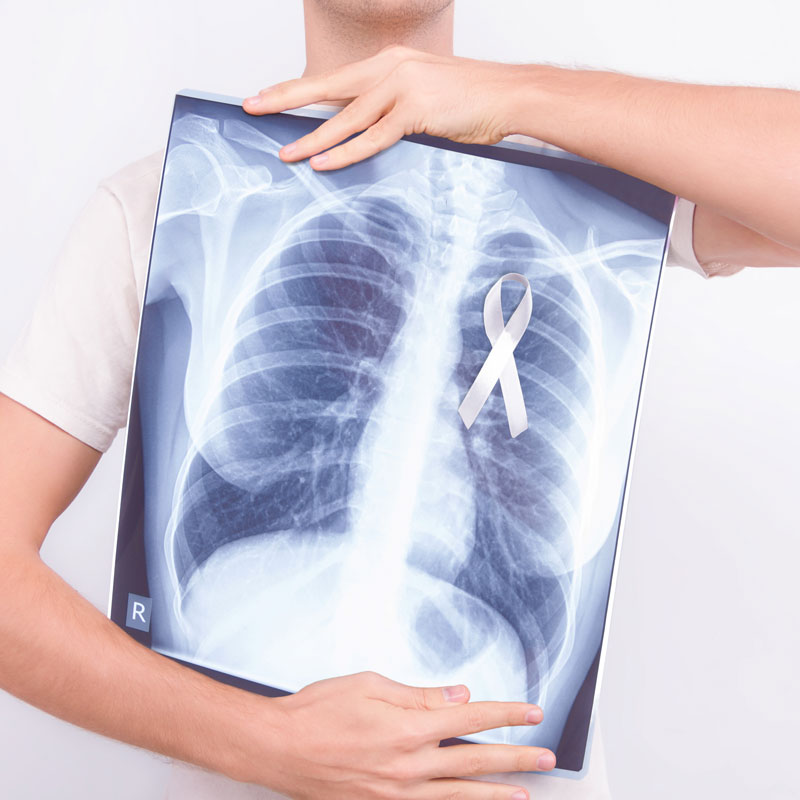Types of Cancer
If you need radiation therapy, it’s important to ensure the radiation reaches the right place, while avoiding vital organs such as the heart. To do this, a variety of methods are used to ensure you are in the right place before and during treatment.
AlignRT® is a new technology which ensures that you are positioned correctly before and during treatment. By tracking your skin surface in real time using 3D camera technology, AlignRT® helps make sure that you are in the intended position, with high accuracy, and often with fewer bothersome devices, providing both comfort and safety. If you move even a millimeter, radiation can be automatically shut off until you are back in the correct position. AlignRT® can be used across all cancer sites and can eliminate the need for tattoos or skin marks for certain patients.
AlignRT® is safe and can be used on cancer treatment sites from head to toe. Please find an overview of the following conditions: breast, brain, lung, liver, prostate, sarcoma, head and neck and cancer in children below.







